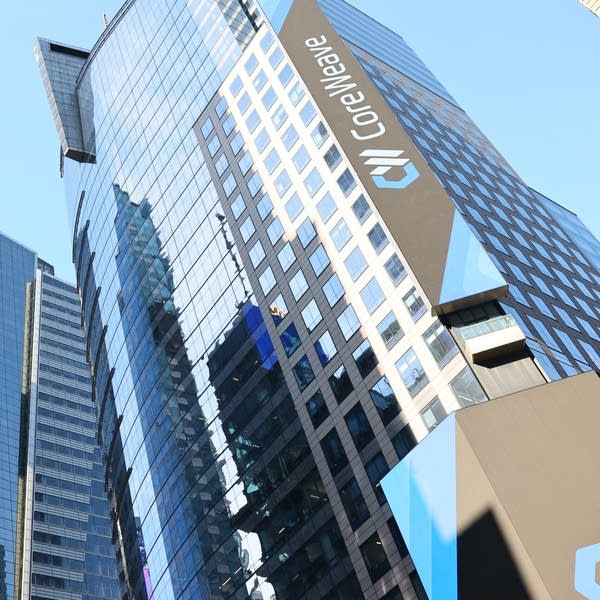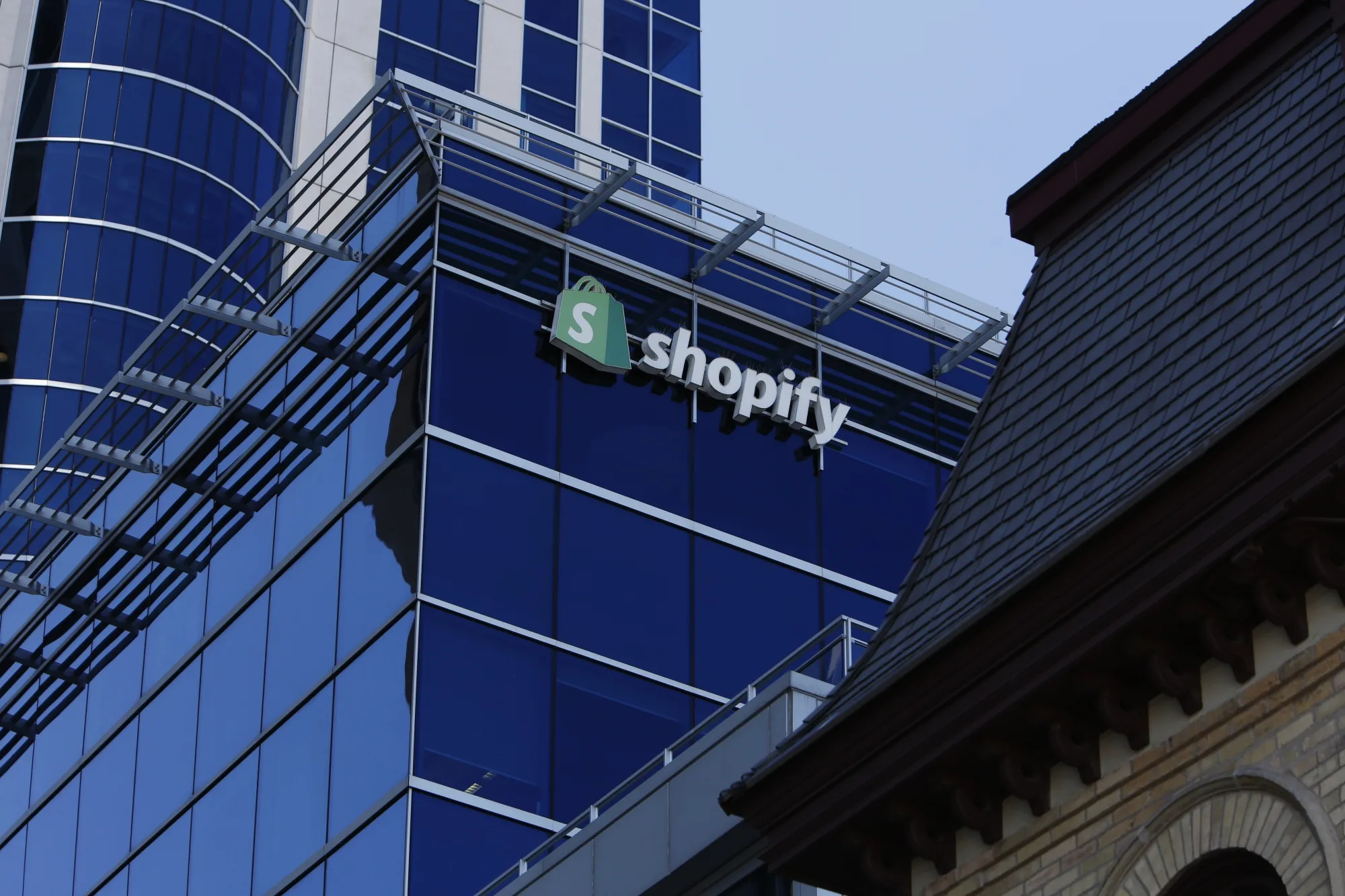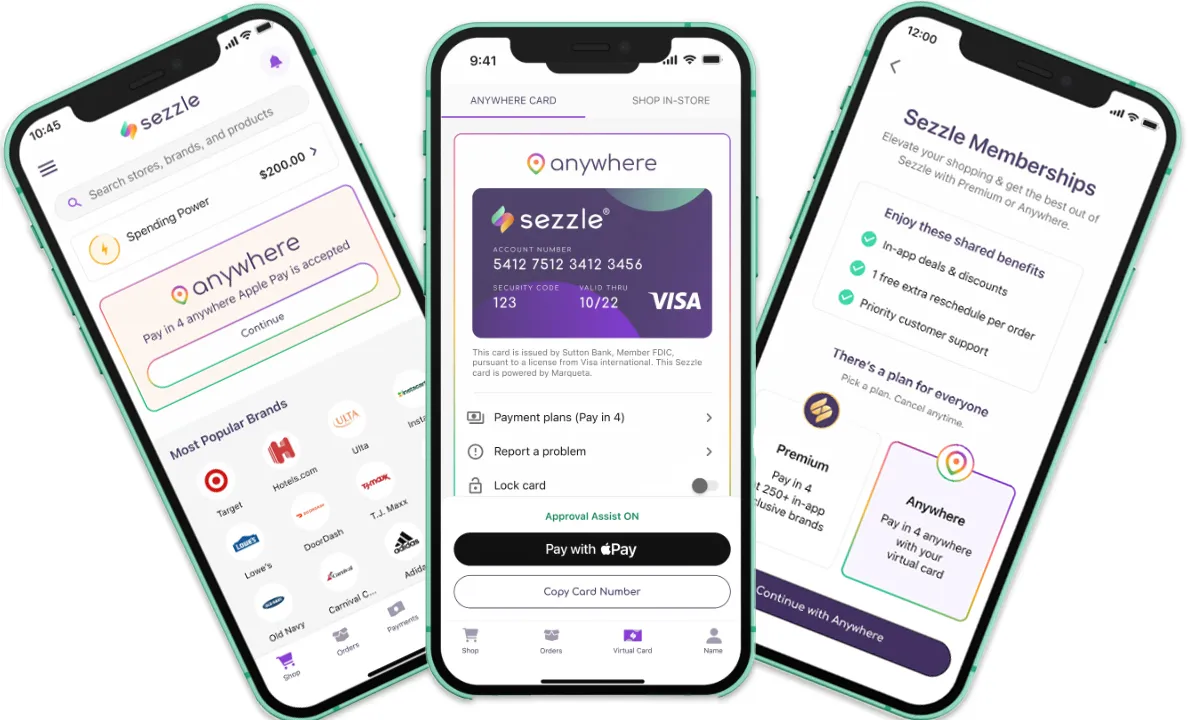Mega-cap tech stocks like Apple, Microsoft, and Amazon dominate markets with innovation in AI, cloud computing, and more, offering high-growth opportunities while influencing global financial trends and shaping future technologies.

Elon Musk teases a public beta for Starlink’s satellite internet, citing high-latitude cities like Seattle.

Elon Musk teases a public beta for Starlink’s satellite internet, citing high-latitude cities like Seattle.
Elon Musk announced through Twitter that Starlink is adopting a public beta, coming “very soon”, for “higher latitudes like Seattle.”
Starlink is one of Elon Musk’s transformative projects, falling alongside Tesla, SpaceX, NeuraLink, and others. Designed as a network of satellites sitting in mid-orbit around the world, Starlink is being developed to provide fast internet all around the world for cheaper prices compared to standard broadband.
So far, SpaceX has launched twelve batches of Starlink satelllites, with the first batch consisting of 60 satellites, orbiting at around 550 kilometers (342 miles). SpaceX has applied for federal permissions to launch forty-two thousand satellites in total.
Most satellites are assumed to be orbiting around the upper-latitudes, due to the announcement of upper-latitude betas arriving sooner than southern beta.
Private betas were announced several months ago, with a planned public beta arriving in mid to late October. This schedule is currently being held up accurately, if Musk is being accurate with his timing.
With cheaper costs, a public beta is expected to be very popular due to the widespread nature of satellite coverage.
Unlike other mainstream satellite services, Starlink expects to provide extremely low latency connections, as well as a fast internet connection.
Current speeds being recorded at satellite stations set up for places affected by wildfires (installed and active within 5-10 minutes, according to people nearby), are recording average download speeds of roughly 103 megabits per second.
Even with limited private betas, these speeds have already met one-tenth of the total promised speeds of one gigabit per second.
These lift up the currently high expectations for the Starlink launch, due to already promising results, even before a secondary beta.
Currently on the Starlink website, with your email address and home address, you can sign up to receive information and news on Starlink, relating to both availability and updates.
These current tests show promising results, and with upcoming betas in high-latitude locations, Starlink is going to prove to be a major competitor in the tightly packed internet market.
The only downside comes from Elon Musk on Twitter as well, with him stating Southern locations will receive coverage at a later point.
Overall, Starlink is aiming to begin providing mainstream service to the upper reaches of the United States and parts of Canada this year, with much expanded service, “near-global” coverage, expected to launch as early as next year, 2021.

Mega-cap tech stocks like Apple, Microsoft, and Amazon dominate markets with innovation in AI, cloud computing, and more, offering high-growth opportunities while influencing global financial trends and shaping future technologies.

CoreWeave posted exceptional Q1 2025 results with revenue reaching $981.6 million, up 420% year-over-year. The AI infrastructure provider secured key partnerships with OpenAI and IBM, while maintaining a 62% Adjusted EBITDA margin. The company’s revenue backlog grew to $25.9 billion, bolstered by OpenAI’s $11.2 billion strategic commitment.

E-commerce giant Shopify delivered exceptional Q1 2025 results with revenue up 27% to $2.36B and operating income doubling to $203M, while maintaining strong merchant growth and platform adoption.
Elon Musk teases a public beta for Starlink’s satellite internet, citing high-latitude cities like Seattle.

Elon Musk teases a public beta for Starlink’s satellite internet, citing high-latitude cities like Seattle.
Elon Musk announced through Twitter that Starlink is adopting a public beta, coming “very soon”, for “higher latitudes like Seattle.”
Starlink is one of Elon Musk’s transformative projects, falling alongside Tesla, SpaceX, NeuraLink, and others. Designed as a network of satellites sitting in mid-orbit around the world, Starlink is being developed to provide fast internet all around the world for cheaper prices compared to standard broadband.
So far, SpaceX has launched twelve batches of Starlink satelllites, with the first batch consisting of 60 satellites, orbiting at around 550 kilometers (342 miles). SpaceX has applied for federal permissions to launch forty-two thousand satellites in total.
Most satellites are assumed to be orbiting around the upper-latitudes, due to the announcement of upper-latitude betas arriving sooner than southern beta.
Private betas were announced several months ago, with a planned public beta arriving in mid to late October. This schedule is currently being held up accurately, if Musk is being accurate with his timing.
With cheaper costs, a public beta is expected to be very popular due to the widespread nature of satellite coverage.
Unlike other mainstream satellite services, Starlink expects to provide extremely low latency connections, as well as a fast internet connection.
Current speeds being recorded at satellite stations set up for places affected by wildfires (installed and active within 5-10 minutes, according to people nearby), are recording average download speeds of roughly 103 megabits per second.
Even with limited private betas, these speeds have already met one-tenth of the total promised speeds of one gigabit per second.
These lift up the currently high expectations for the Starlink launch, due to already promising results, even before a secondary beta.
Currently on the Starlink website, with your email address and home address, you can sign up to receive information and news on Starlink, relating to both availability and updates.
These current tests show promising results, and with upcoming betas in high-latitude locations, Starlink is going to prove to be a major competitor in the tightly packed internet market.
The only downside comes from Elon Musk on Twitter as well, with him stating Southern locations will receive coverage at a later point.
Overall, Starlink is aiming to begin providing mainstream service to the upper reaches of the United States and parts of Canada this year, with much expanded service, “near-global” coverage, expected to launch as early as next year, 2021.

Mega-cap tech stocks like Apple, Microsoft, and Amazon dominate markets with innovation in AI, cloud computing, and more, offering high-growth opportunities while influencing global financial trends and shaping future technologies.

CoreWeave posted exceptional Q1 2025 results with revenue reaching $981.6 million, up 420% year-over-year. The AI infrastructure provider secured key partnerships with OpenAI and IBM, while maintaining a 62% Adjusted EBITDA margin. The company’s revenue backlog grew to $25.9 billion, bolstered by OpenAI’s $11.2 billion strategic commitment.

E-commerce giant Shopify delivered exceptional Q1 2025 results with revenue up 27% to $2.36B and operating income doubling to $203M, while maintaining strong merchant growth and platform adoption.

Buy-now-pay-later leader Sezzle shattered Q1 expectations with revenue surging 123% to $104.9M, as net income quadrupled to $36.2M. The fintech company raised 2025 guidance on strong performance across all metrics.